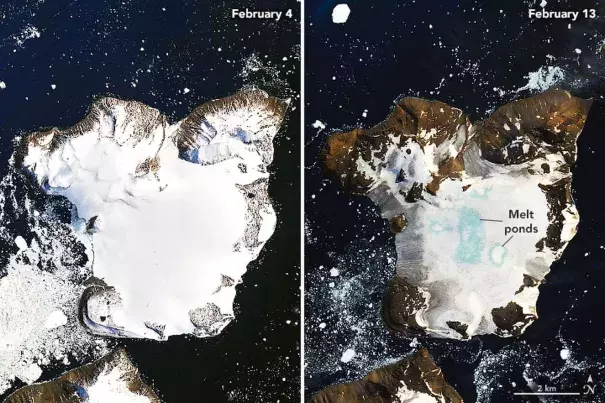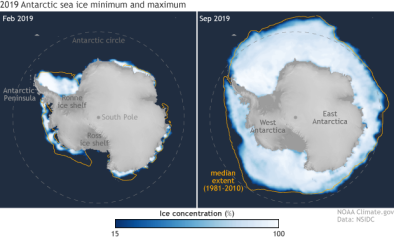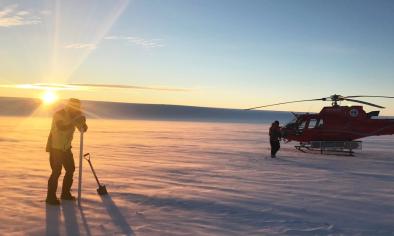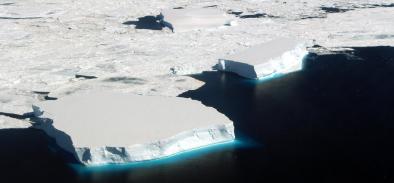Antarctic heat wave melted 20 percent of an island’s snow cover in days, caused melt ponds to proliferate

Climate Signals Summary: Warmer temperatures due to climate change are decreasing snow cover and increasing the rate ice sheet and glacier melt in Antarctica.
Article Excerpt: The Antarctic Peninsula, which is the part of the continent closest to South America, experienced a record heat wave of sorts in early February. On Feb. 9, a weather research station on Seymour Island reached a temperature of 69.3 degrees (20.75 Celsius), which if verified would be the ice-covered continent’s hottest temperature on record.
This beat out a likely record set just days earlier when, on Feb. 6, Argentina’s Esperanza Base on Antarctica’s Trinity Peninsula reached 65 degrees (18.3 Celsius).
The warmth during early February comes against the background of sharply increasing temperatures linked to human-caused climate change, with melting glaciers and vulnerable floating ice shelves the subject of increasing concern to scientists and policymakers alike. The Antarctic Peninsula is one of the fastest-warming parts of the globe.
...
“It’s not unprecedented to get these foehn events,” Ruth Mottram, a climate scientist with the Danish Meteorological Institute, told National Geographic regarding the recent temperature records. “Of course, when you have a warmer atmosphere or ocean nearby, it’s easier to break the records when you have them.”
...
Mauri Pelto, a glaciologist at Nichols College, told NASA’s Earth Observatory that during the warming event, about 0.9 square miles of snow cover became saturated with meltwater, which shows up on the satellite images as blue-covered melt ponds. According to climate models, Eagle Island experienced peak melt of one inch on Feb. 6.
In all, the island lost four inches of snow cover in this one warming event, Pelto said. This amounted to about 20 percent of the seasonal snow accumulation in the region.
“I haven’t seen melt ponds develop this quickly in Antarctica,” Pelto said. “You see these kinds of melt events in Alaska and Greenland, but not usually in Antarctica.”
...
Pelto said rapid melting of this sort is usually caused by prolonged periods with temperatures well above freezing, which have not typically occurred in Antarctica until recent years.
He noted this February heat wave was the third major melt event of the Antarctic summer, following warm spells in November 2019 and January 2020.
“If you think about this one event in February, it isn’t that significant,” Pelto said. “It’s more significant that these events are coming more frequently.
Related Content





